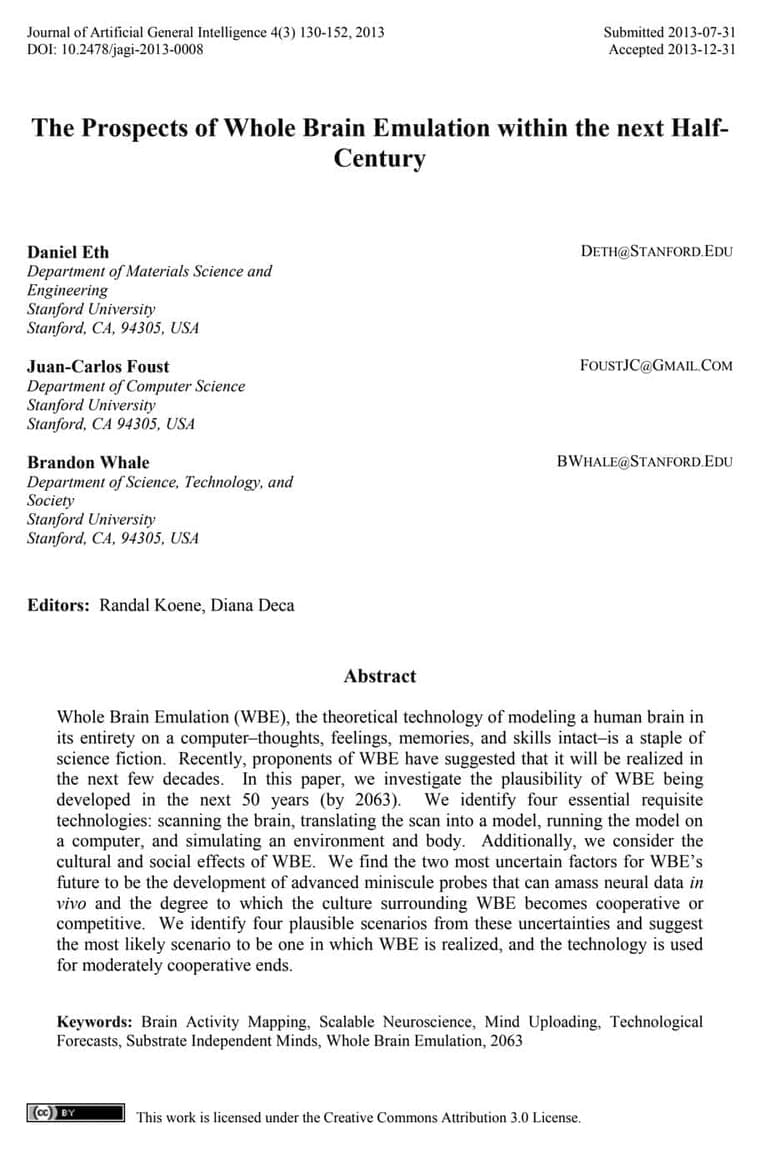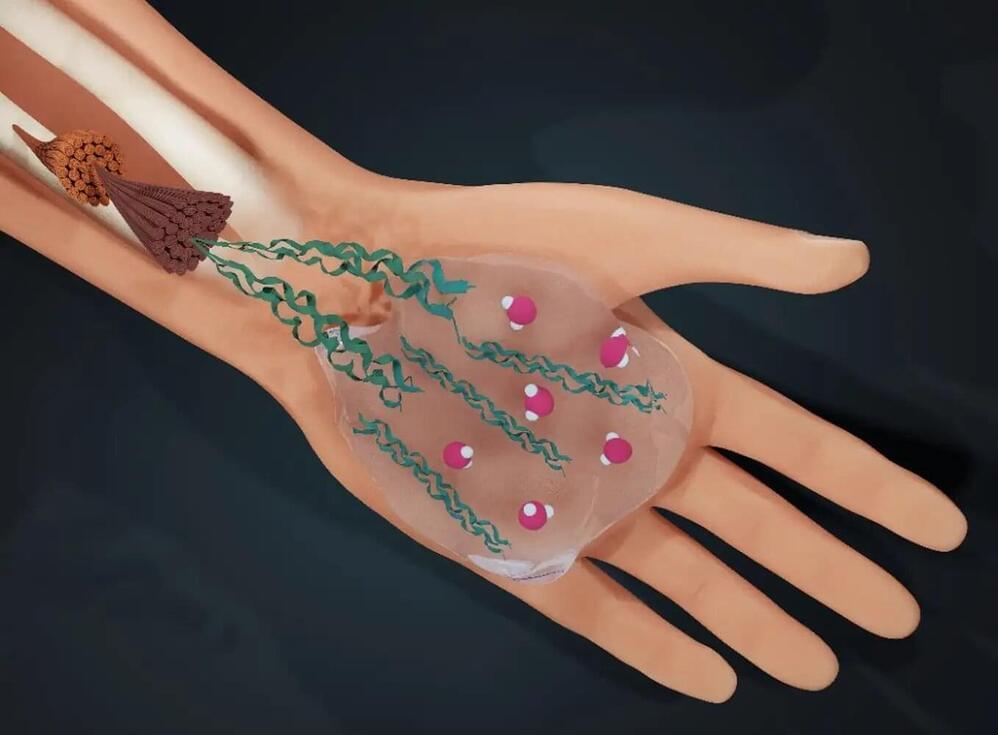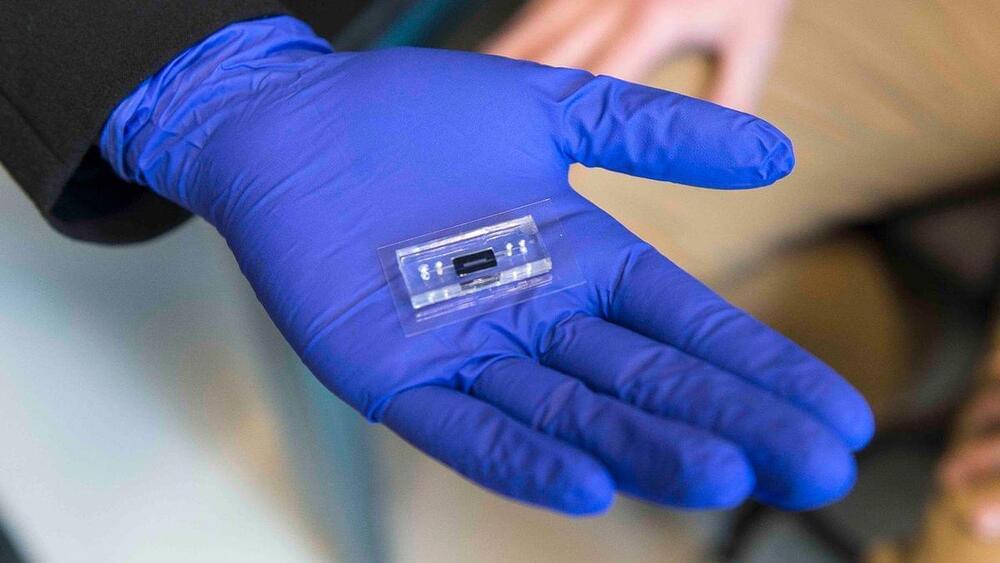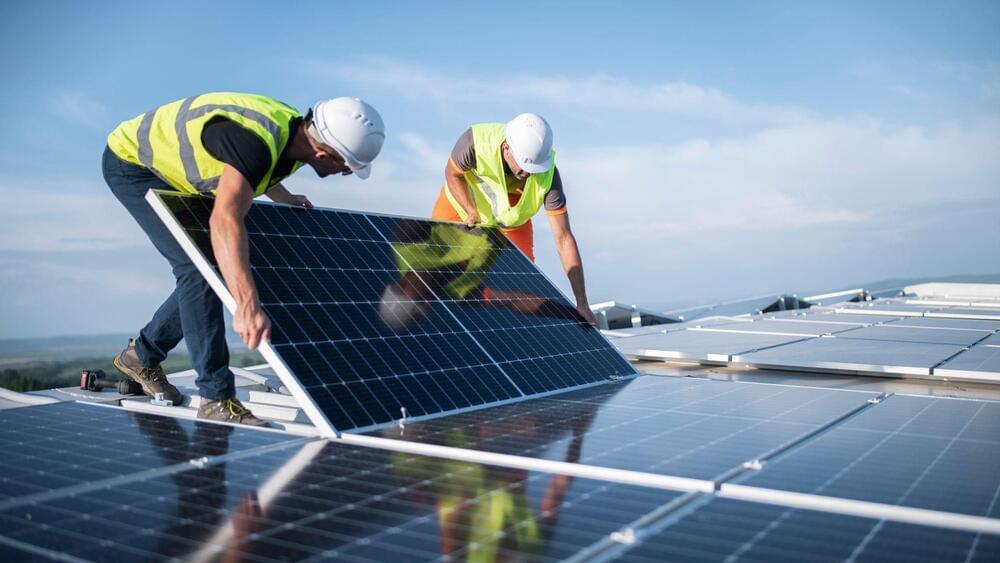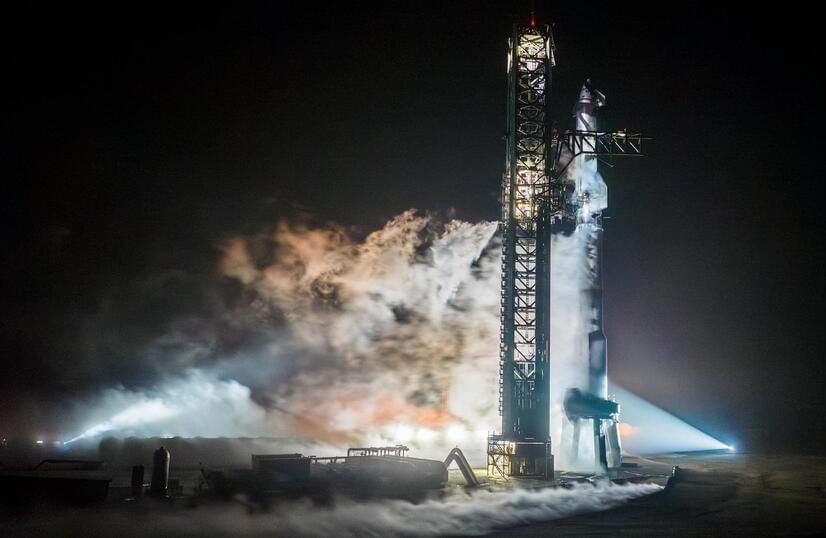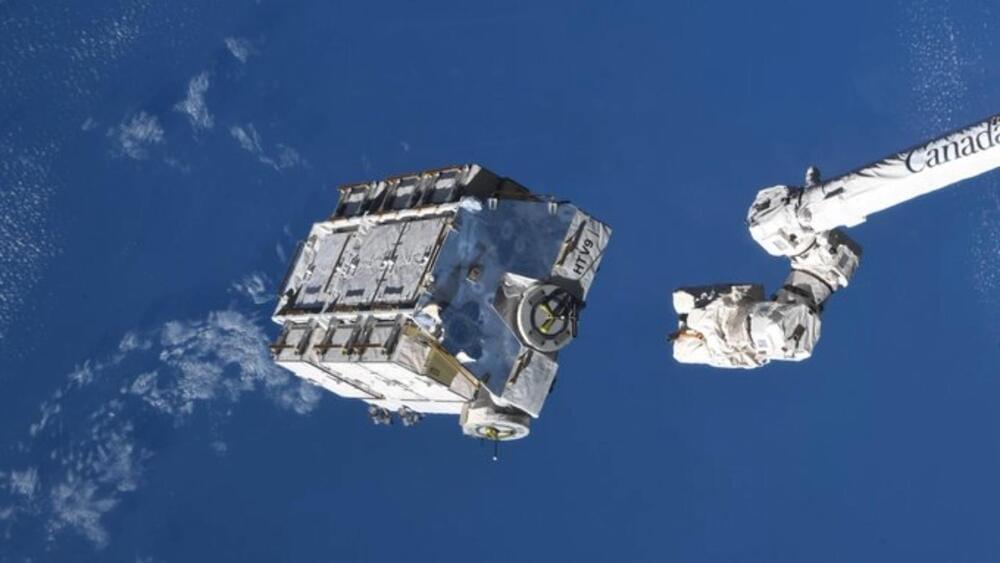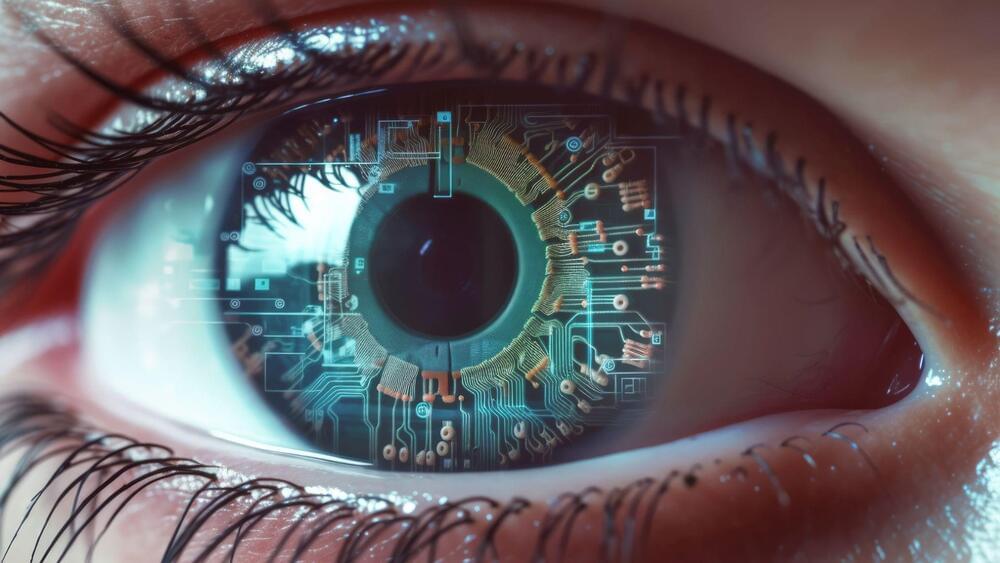A Russian state-backed group that Microsoft said hacked into its corporate email accounts was able to gain access to its core software systems, the company announced on Friday.
Microsoft said its security team detected the attack in January and identified the group responsible as Midnight Blizzard, “the Russian state-sponsored actor also known as Nobelium.”
“In recent weeks, we have seen evidence that Midnight Blizzard is using information initially exfiltrated from our corporate email systems to gain, or attempt to gain, unauthorized access,” Microsoft said in a blog post update on Friday. “This has included access to some of the company’s source code repositories and internal systems.”


